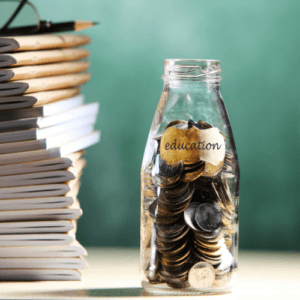
The coronavirus pandemic has caused a widespread economic slowdown that is affecting state budgets across the country — including in Texas. State Comptroller Glenn Hegar projects the state is about $946 million short of the revenue needed to cover the current two-year state budget, which runs through the end of August 2021. Hegar also projects the state will have slightly less money to spend in the next two-year budget than in the current one. Even with these limited resources, it is critical that legislators continue to make investments in public education.
The COVID-19 pandemic has already disrupted public education
- When the coronavirus hit in the spring of 2020, schools had to quickly shift to remote learning.
- Students lost months of classroom instruction during the spring of 2020.
- The virus has continued to disrupt learning during the 2020-21 school year with delayed starts and frequent interruptions of in-person instruction due to needed quarantine protocols.
- Up to 250,000 students who should be in school this year have not enrolled. Many of these students will at some point return to school in need of the months of instruction they’ve lost.
Funding for public education in Texas has been stagnant
- Before the passage of House Bill 3 in 2019, state funding for education had been flat for a decade.
- In constant dollars (meaning figures are adjusted for inflation and population), Texas spending per-student decreased 6.3 percent between 2010 and 2019, according to the Legislative Budget Board — from $9,845 per student in 2010 to $9,226 in 2019.
- Between 2008 and 2019, the state’s share of education funding dropped from 45% to 35%.
- House Bill 3 increased funding for public education by $6.5 billion, but that increase in funding has only been in place for a little more than one year.
- The pandemic brought additional costs for public education, such as technology for virtual learning, as well as personal protective equipment and other purchases to prevent the spread of the virus.
Schools have little discretion over their spending
- Employee salaries and benefits consume over 80 percent of school district expenses.
- Much of the new revenue in House Bill 3 is required to be spent on initiatives mandated by the state Legislature rather than locally elected school boards, such as teacher incentive pay.
- House Bill 3 further restricts local school district tax rates.
- The tax revenue that voters approve in bond elections must be used for the projects specified in those elections, such as construction of new schools, rather than daily operating costs.
In order to meet the state’s future workforce needs and give all Texas children the opportunity to succeed, it is critical that the state continue to invest in public education.
Click here to download a PDF of these points.

